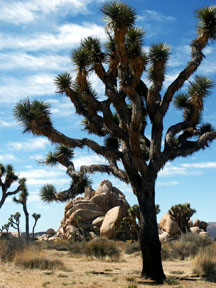 By Bob Difley
By Bob Difley
Every winter RV snowbirds flock to the American Southwestern Deserts in search of sunlight on their faces and a warming of their bones. And many don’t see much more than that, and then they go home in the Spring. But if you take the time to learn something about the desert (actually four deserts) you may find that they can be quite fascinating.
This post is the first in a short series to familiarize you with the desert and prepare you for what you will find.
All four of North America’s deserts lie in the Southwest between the Rocky Mountains and the Sierra Nevada Range. They can be divided into three hot deserts (Mojave, Sonoran, and Chihuahuan) and one cold desert, the Great Basin, covering most of Nevada, southeastern Oregon, southern Idaho, and western Utah, where more than half the annual precipitation falls as snow.
The Great Basin’s climate does not attract hordes of snowbirds. The Mojave of Southern California–the smallest of the four–owns the record for the highest temperature (134 degrees) and the lowest elevation in the US, both in Death Valley. (photo – Joshua Tree National Park in southeastern California).
The Sonoran Desert occupies the southern part of Arizona, with two-thirds of it in Mexico. Characterized by the saguaro cactus–which grows naturally only in the Sonoran–this sub-tropical desert also contains more diverse and a greater quantity of plants and animals than the other deserts.
The Chihuahuan Desert also lies mostly in Mexico, but in New Mexico and extreme Southwestern Arizona it extends as fingers into the basins separating the mountain ranges, and also in Southwestern Texas at Big Bend and between the cities of El Paso and Pecos. The Chihuahuan is a high desert, consisting of many mountains that extend to 6500 feet in Mexico, which can be quite chilly in the winter except for the area around Deming in New Mexico and along the Rio Grande River on the Texas/Mexico border, its lowest point at 1000 feet. Temperatures are higher the lower the elevation, and cooler the higher you go.
Snowbird Destinations
Just as the deserts vary in their climate, plant life, and wildlife, so do snowbirds vary in the types of places that appeal to them as winter retreats. An RVer from the wet, cold winter climates may be perfectly happy in the Great Basin, for instance in Las Vegas. The snow that falls doesn’t stay long, the days are usually dry and sunny, and daytime temperatures are warmer, with highs reaching into the fifties and even sometimes into the sixties and seventies.
Most snowbirds, though, head for the warmer deserts, to the popular–and more crowded–wintering areas in the Coachella Valley around Palm Springs in Southern California, to Yuma, Quartzsite, Lake Havasu, and the Phoenix/Tucson areas of Arizona, and to South Texas along the Rio Grande near Brownsville. Easterners head for south Florida, which is not a desert, but rather a tropical and sub-tropical climate that is wet, warm, humid and has bugs, and alligators.
Next week, what kind of camping–from boondocking to the fancy RV resorts–you can expect to find.
Check out my website for more RVing tips and destinations and for my ebooks, BOONDOCKING: Finding the Perfect Campsite on America’s Public Lands, Snowbird Guide to Boondocking in the Southwestern Deserts (now available for $6.99 and in a Kindle version also), and 111 Ways to Get the Biggest Bang out of your RV Lifestyle Dollar.
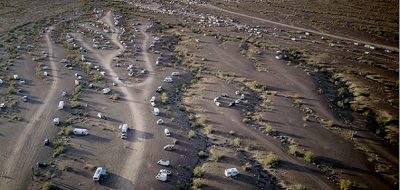

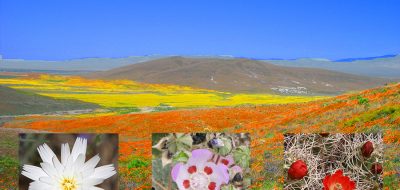
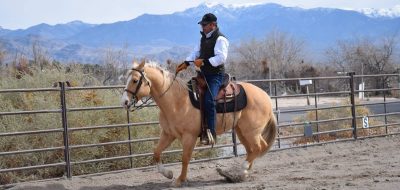
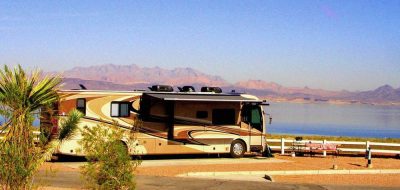
payday loans
These generally the loans and also this are very economical for the individuals
all over. instantly a person’s loan is accompanied by the lender.
Marisela Burmester
Thanks for sharing superb informations. Your website is very cool. I am impressed by the details that you have on this website. It reveals how nicely you perceive this subject. Bookmarked this website page, will come back for extra articles. You, my pal, ROCK! I found just the information I already searched all over the place and just could not come across. What a great web site.
Peyton Manning Jerseys
Denver Broncos Jerseys
Broncos Nike Jerseys
Peyton Manning Jerseys
Broncos Jersey
Authentic Broncos Jerseys
Cheap Denver Broncos Jerseys
Brady Quinn Jerseys
Brian Dawkins Jerseys
Caleb Hanie Jerseys
Chris Harris Jerseyss
D.J. Williams Jerseys
Demaryius Thomas Jerseys
Elvis Dumervil Jerseys
Eric Decker Jerseys
Knowshon Moreno Jerseys
Matt Prater Jerseys
Peyton Manning Jerseys
Rahim Moore Jerseys
Ryan Clady Jerseys
Willis McGahee Jerseys
Lakeesha Casuse
I think other website proprietors should take this web site as an model, very clean and fantastic user friendly style and design, as well as the content. You are an expert in this topic!
http://www.mybadcreditloans.org.uk/
I blog frequently and I really thank you for your
information. This article has really peaked my interest.
I’m going to book mark your site and keep checking for new details about once a week. I subscribed to your RSS feed as well. http://www.mybadcreditloans.org.uk/
Kattie Tallada
Would you be interested in exchanging hyperlinks?
watch movies online
Pretty! This has been an incredibly wonderful post.
Many thanks for providing this information.
watch tv online
Visit Website
You ought to take part in a contest for one of the greatest blogs on
the net. I most certainly will highly recommend this web site!
Click This Link
colon cleanse
Just stumbled upon your blog and wanted to say that i have really enjoyed reading your blog posts. any way i’ll be subscribing to your feed and i hope you post again soon.
Josie Borsari
F*ckin’ amazing things here. I’m very glad to see your post. Thanks a lot and i am looking forward to contact you. Will you kindly drop me a mail?
natural colon cleanse
I would like to thank you for the efforts you’ve put in penning this blog. I really hope to view the same high-grade content by you in the future as well. In truth, your creative writing abilities has inspired me to get my own website now
Sade Rosenau
I just could not depart your website prior to suggesting that I really enjoyed the standard info a person provide for your visitors? Is going to be back often to check up on new posts
Santina Sloanes
hi!,I like your writing very much! share we communicate more about your post on AOL? I require an expert on this area to solve my problem. Maybe that’s you! Looking forward to see you.
Joaquina Firestine
Valuable information. Lucky me I found your website by accident, and I’m shocked why this accident didn’t happened earlier! I bookmarked it.
energy supplements
this was a interesting website and the post was really awesome…
penis enhancement
Great job. keep it up.
marianj
This is a great series to let people know what to expect in different areas. We like the Rio Grande Valley lts to do and nice people. We have been going for 8 years now. Come try it
Jack Lightburn
YES, the river from Bull Head City all the way down to Yuma, just GREAT, my wife and I spent 12 years down that way from 2 months to 5 months. It was a great time.
Jack.
Teri B
I would love all those deserts and hope to visit them often when we retire. Thanks for the education on their differences.